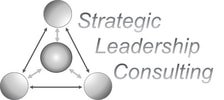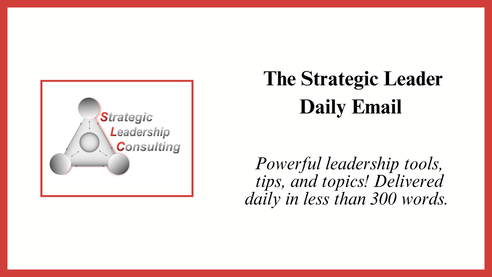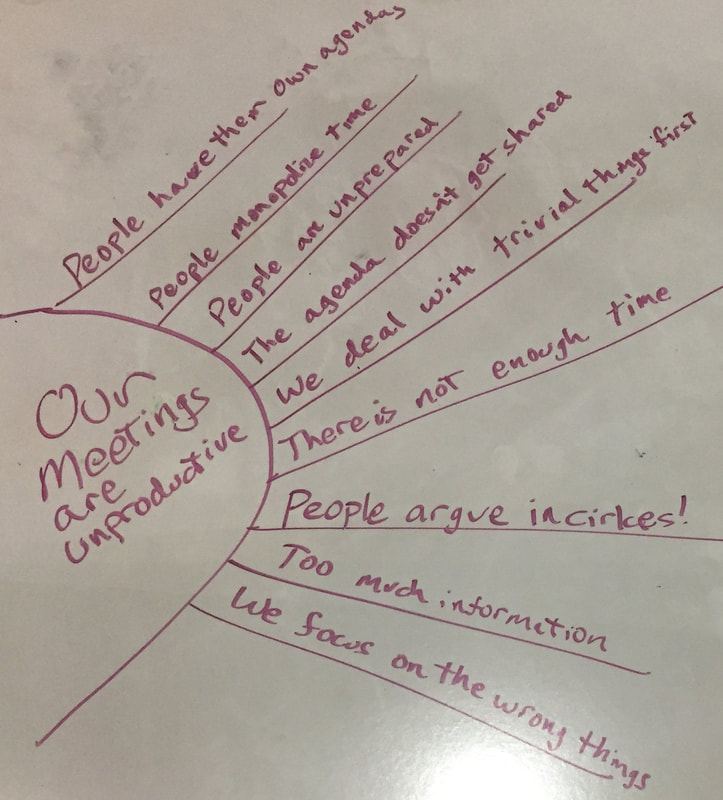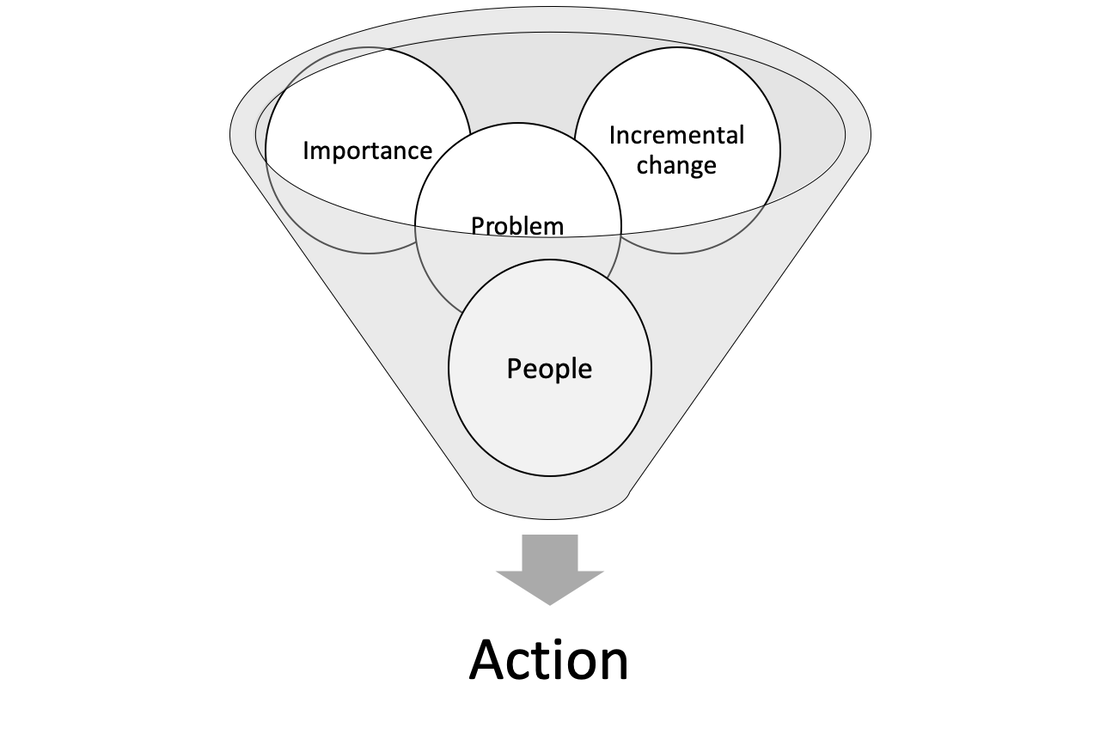|
Colleagues, The beauty of going from point A to point B is that you don’t have to go far to realize you are off track! In Monday’s email, which came out Tuesday, I mentioned that this topic is a 1 ½ day workshop. Fitting it into five 300-word messages isn’t working, so we are adjusting course. The first step to identifying the root problem of an issue is to identify all of the stakeholders. The second step is to engage in the sunburst activity. Example: our meetings are unproductive. Why? Notice:
Please do one of two things:
If I don’t receive a bunch of emails I’ll know you have been busy reflecting =;^} Do good and be well, Frederick
0 Comments
Colleagues,
A quick side observation before we put a bow on our algorithm work: Yesterday my cousin texted me from his patio in Arizona where it was sunny and 104°. At my house, it was in 64° with thunderstorms. This made me think about how much our contexts (weather, relationships, health, work pressures) influence our moods, attitudes, and even actions. This is significant when so many of us are working in completely different contexts (my home is not the same as your home). Today, be mindful of how your context is influencing you and how someone else’s context is influencing them. Consider taking an extra 30 seconds on the front end of your 10th Zoom meeting and ask, “how are you?” and mean it. Yesterday we reviewed key questions strategic leaders ask themselves before dealing with an issue and when deciding on what actions to take. I concluded by noting that if you only took one thing away from this week, it should be asking this question when first confronted with an issue: What’s the problem? This question changes everything because it forces us to be intentional! It’s Friday, which means you should be reflecting on your leadership. Here are some questions to get you started. As you responded to issues this past week, did you…
Remember I love hearing from you. If you were inspired this week or have a question, email me here. Do good and be well, Frederick Colleagues,
This week we’ve been looking at the difference in thinking between urgent and strategic leaders. Each respond to a different set of criteria by running a mental algorithm to produce options when confronted with issues. While urgent leaders prioritize urgency, symptoms, and history, strategic leaders focus on importance, problems, incremental action, and people. When two leaders are confronted with an urgent issue, an urgent leader reacts by looking to alleviate the symptom by drawing on past experience. In contrast, the strategic leader first looks underneath the symptom to diagnose the problem. They then determine if the problem itself is critical to the organization’s health and purpose. They quickly identify key stakeholders and consider how different options will impact those people. This doesn’t mean that urgent leaders are incapable of thinking strategically, it just means that they default to an urgent response. So, how do we move from an urgent algorithm to a strategic one? The first requirement is to be intentional by acting instead of reacting. Consistently asking yourself some questions at the outset and at the conclusion of an event will help you shift your default thinking. When first confronted with a situation:
When deciding on a course of action:
In the coming weeks, we’ll look at more specific strategies and tools for identifying problems and developing solutions. In the meantime, asking these questions will help reprogram your algorithm. It is a crazy time and if you can only take one thing away from this discussion it should be to always stop and ask, “what’s the problem?” This one change will make a huge difference. Do good and stay well, Frederick Colleagues,
We’ve been looking at our default thinking patterns, or algorithms, this week. Yesterday we discussed the four parts of a strategic leader’s mindset:
It seems obvious to include people as a consideration when dealing with issues, but often times the people are an afterthought. So, why factor people into your algorithm?
When we are working on an urgent mindset, we are focused on satisfying the urgent need. With a strategic mindset, we focus on the underlying problem and how it is impacting people. Imagine there is an issue with too many meetings. An urgent mindset solution would be to create a policy that limits the lengths of meeting, allows them only on certain days, or to require people to take “Effective Zoom Meetings 101” before they can schedule a meeting. A strategic mindset would recognize that people are scheduling these meetings, and that if there are more now than pre-pandemic, the meetings are filling some kind of need. By working with people to uncover the need, a strategic leader can help develop solutions that both meet the need and decrease the number of meetings. It’s not that an urgent mindset couldn’t also do this, but it is not the default thinking pattern. Tomorrow, I’ll give you a handy list of questions to help you reprogram your algorithm. Do good and be well, Frederick Colleagues, Yesterday we looked at the algorithm – the pattern of thinking – of busy leaders. That algorithm prioritizes urgency, symptoms, and history. Strategic leaders think differently, and their algorithms coincide with the four traits of strategic leader:
Also, unlike the busy leader algorithm that runs on autopilot, a strategic leader’s algorithm occurs at a conscious level. This allows strategic leaders to adjust the algorithm based on the unique and changing context of any given situation. The strategic leader avoids the trap of acting based on history and can thus be more mindful of context as a critical factor. Further, by being people focused, solutions are more likely to meet both individual and group needs.
Finally, by acting incrementally, actions are timely and provide either immediate improvement or valuable feedback. The three epiphanies give us permission to break out of old habits. Rewriting our algorithm to be more strategic allows us to generate wiser options to address the most important problems. Over time, we improve our situation and spend less and less time on the treadmill. Tomorrow, we’ll look more closely at why focusing on people is critical for getting off of the treadmill. Do good and be well, Frederick |
Categories
All
Archives
July 2024
|




 RSS Feed
RSS Feed